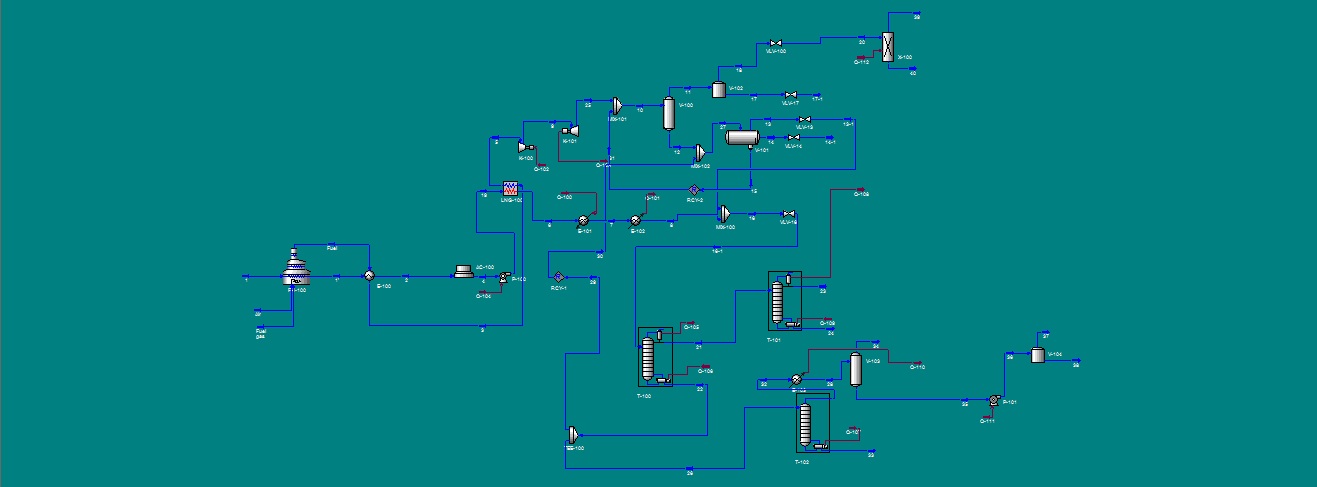All of the reactor operations share the
same basic property view, except the Plug Flow Reactor (PFR).
The primary differences are the functions
of the reaction type (conversion, kinetic, equilibrium, heterogeneous, catalytic
or simple rate) associated with each reactor.
1. CSTR:
The CSTR (Continuous-Stirred
Tank Reactor) is a vessel in which
-Kinetic,
-Heterogeneous Catalytic,
-Simple Rate reactions.
The conversion in the reactor depends on
the rate expression of the reactions associated with the reaction type.
a. Heterogeneous Catalytic:
We take like example the Ammonia synthesis
(Haber-Bosch process)
Conditions of this
example:
·
The Temperature: around
400 – 450 C°.
·
The Pressure: around 200
atm.
·
The proportions of nitrogen
and Hydrogen: 1N2 → 3H2, it means N2 = 0.25, H2
= 0.75.
If you want read more
about this process you can go here.
First, we have to define the inlet stream by
defining the component of reaction after that we pick our fluid package (I picked Peng-Robinson like fluid package)

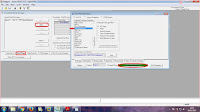
Second, we have to define our reaction, by
clicking in the tape of reactions, Add Rnx, Heterogeneous catalytic, and we add
the component (N2, H2, and NH3).
After that, we equilibrate the coefficients.
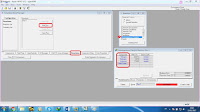
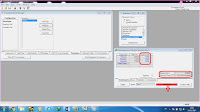
If you noticed it still not ready!!
Because you need to set your forward reaction (conversion rate). You need two
coefficients at minimum (A,E) for you can release the function, after that we have to select the basis component of reaction and the reaction phase.
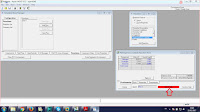

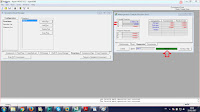
If you want to know how
calculate the rate, you can see the pic.
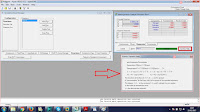
Now we enter the simulation environment.
In the simulation environment, as usual we have first
define our inlet stream and the outlet streams.
Second, we have to specify our inlet stream
After
converging the inlet stream, and before we go to CSTR setting, we must define
our reaction, how!? We click flowsheet, then reaction package, in
the reaction package we selection Global Rxn set and click add set as Shown
in the figure.
Now we go to CSTR setting and we see how we can get it
converged and study the variable forward reaction.
First we click reactions, details, we add the global
Rnx set by clicking reaction set, the CSTR will pick the reaction
automatically, and you can pick another reaction if you have many reactions, by
clicking in reactions.


Second, we have to specify the reactor volume, by go
to rating, click sizing, you can pick the geometry (sphere or cylinder), and
you can pick the orientation (vertical or horizontal), depend what you have.
Finally, we get our reactor CSTR converged.
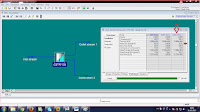
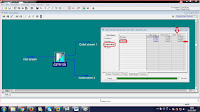
a. Kinetic reaction:
We take as example Decomposition of di-t-butyl
peroxide (DTBP) to acetone and ethane.
Reaction
conditions:
-
Temperature
154.6 oC
-
Pressure
491.8 mmHg
First, we have to define the
inlet stream by defining the component of reaction after that we pick our fluid
package (I picked UNIQUAC like
fluid package).
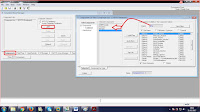
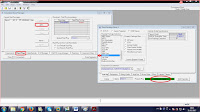
Second, we have to define our reaction, by clicking in
the tape of reactions, Add Rnx, kinetic, and we add the component (DTBP, 2(CH3)2CO, C2H6).
After that, we equilibrate the coefficients, after that we
have to select the basis component of reaction and the reaction phase, Now
we need to set your forward reaction (conversion rate).
if you want to know how calculate the rate.
Now we enter the simulation environment. First we define our inlet stream and the outlet streams.
Now we must define our reaction, We click flowsheet, then reaction package, in the reaction package we selection Global Rxn set and click add set as Shown in the figure.
Now we go to CSTR setting.
First we click reactions, details, we add the global Rnx set by clicking reaction set.
Second, we specify the volume of reactor
Finally, we get our reactor converged, with
great results.
a. Simple reaction:
We take as example
12C3Oxide + H2O → 12C3diol
First, we have to define the inlet stream
by defining the component of reaction (12C3Oxide, H2O and 12C3diol)
Second, we pick the thermodynamic model
(fluid package) I picked the UNIQUAC as fluid package.
Third, we have to define our reaction, by
clicking in the tape of reactions, Add Rnx, simple rate, and we add the
component (12C3Oxide, H2O and 12C3diol).
Four, we have to
specify the basis of reaction, by selecting the component base and phase base
of reaction
Five, we have to set the forward reaction.
the calculation of rate is here
Now, we entre to simulation environment
In the simulation environment,
as usual we have first define our inlet stream and the outlet streams.
Second, we have to define the
reaction, by clicking flowsheet, then reaction package, in the
reaction package we selection the global Rxn set and click add set like Shown
in the figure.
Third, we entre in CRST and we
add the reaction
Four we specify the CRST Volume.
Finally we get our CRST
converged.
1. Conversion Reactor:
The Conversion Reactor is a vessel in which
conversion reactions are performed. You can only attach reaction sets that
contain conversion reactions. Each reaction in the set proceeds until the
specified conversion is attained or until a limiting reactant is depleted.
We take as reaction the hydrogen production
CH4 + H2O → CO + H2
First, we have to define the inlet stream
by defining the component of reaction (CH4, H2O, CO and H2).
Second, we pick the thermodynamic model
(fluid package) I picked the Peng robinson as fluid package.
Third, we have to define our reaction, by
clicking in the tape of reactions, Add Rnx, conversion, and we add the
component (CH4, H2O, CO and H2).
Four, we have to specify the basis of
reaction, by selecting the component base and phase base of reaction, and we
specify the coefficients of function of conversion.
Now, we entre to simulation environment
In the simulation environment,
as usual we have first define our inlet stream and the outlet streams
Second, we have to define the reaction, by clicking
flow-sheet, then
reaction package, in the reaction package we selection the global Rxn set
and click add set like Shown in the figure.
Third, we enter in Conversion
reactor and we add the reaction.
